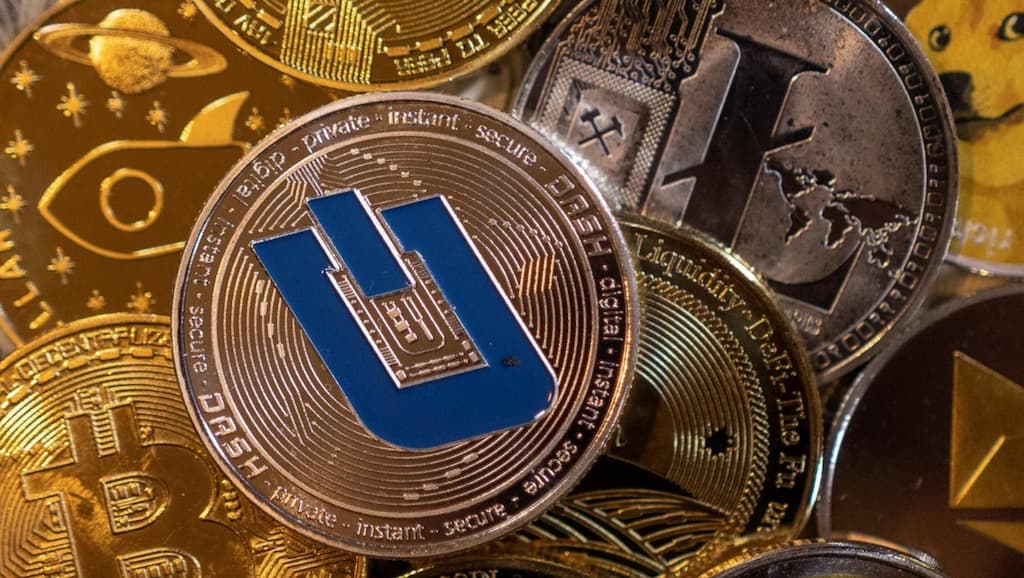Uncertainty about the new variant causes more volatility on Tuesday. US futures down 1%; oil, 3%.
By Alexandre Versignassi and Guilherme Jacques
The forecast for today is rain, thunderstorm, hurricane. US futures indices dawned on a nasty fall, with the S&P 500 and Dow Jones down -1%. On European stock exchanges, ditto: everyone in the red.
The turbulent atmosphere came after an interview by one of Moderna’s executives to the Financial Times. “The number of mutations in this virus is staggering,” said Noubar Afeyan, co-founder of the vaccine maker. “He poses a serious threat.” The whole problem is this: biochemistry is an exact science. You need data and time to build your certainties. The financial market is the opposite: a terribly human, schizophrenic entity.
A cryptocurrency called Ômicron, for example, rose 900% between Friday and Monday. It already existed before the new mutation, and it only came up because the name of the 15th letter of the Greek alphabet became famous overnight. Crazy people started to buy from such a crypto in the hope of being able to sell it at a higher value later on to even more insane people. Apparently, it worked – this morning, the price of the thing had already dropped from US$ 700 to US$ 380. Even so, it is still well above the price at which it was offered until last week, US$ 65.
The case is anecdotal, but it shows how the market talks badly with reality.
Science will still take some time to assess the size of the risk that Ômicron represents. Albert Bourla, CEO of Pfizer, makes it clear. He says we need at least two or three weeks to see if the virus is really resistant to current vaccines. In South Africa, where Ômicron has multiplied to become the most common variant, the percentage of people with two doses is relatively low: 24% of the population, versus 42% of the world average (in Brazil, 63%). Therefore, there is a lack of ground to understand what is the transmissibility of Ômicron in places where vaccination coverage is higher. It is also worth noting that the number of deaths in South Africa remains low: 34 on the 7-day moving average, against more than 500 at the height of the pandemic there. In deaths per million inhabitants, the index is 0.63. Smaller than Brazil, which,
In other words: there are no concrete reasons for panic at the moment, but it is not possible to combine this with the market.



